I know 2 models for a transformer one is to treat it as Coupled Inductors and the model will be:
In this model if there are no flux leakage the coupling factor is k=1 and therefore $$M=k\sqrt{L_1L_2}=\sqrt{L_1L_2}$$ But In power systems analysis, there is another model where series reactances stands for flux leakage and shunt reactance stands for the effect of finite permeability.
If the two models represent same thing we should have: $$X_{l,p}=L_1-M,\quad X_{l,p}=L_2-M,\quad X_m=M$$ but it seems that this is not true since in ideal conditions we should have: $$M=\sqrt{L_1L_2},\quad X_m=\infty$$
Are these two models represent same thing? Is the mutual inductance, omitted in power systems' model?
Link:Difference between a transformer and a coupled inductor
Edit:
I'm trying to compare the model presented in the book "Solid State Radio Engineering" with the above second model:

By the answer posted by Andy aka I think the model should be something like this:
 I don't know why in the power transformer model they omit L-1,L-2 and M!?
I don't know why in the power transformer model they omit L-1,L-2 and M!?



